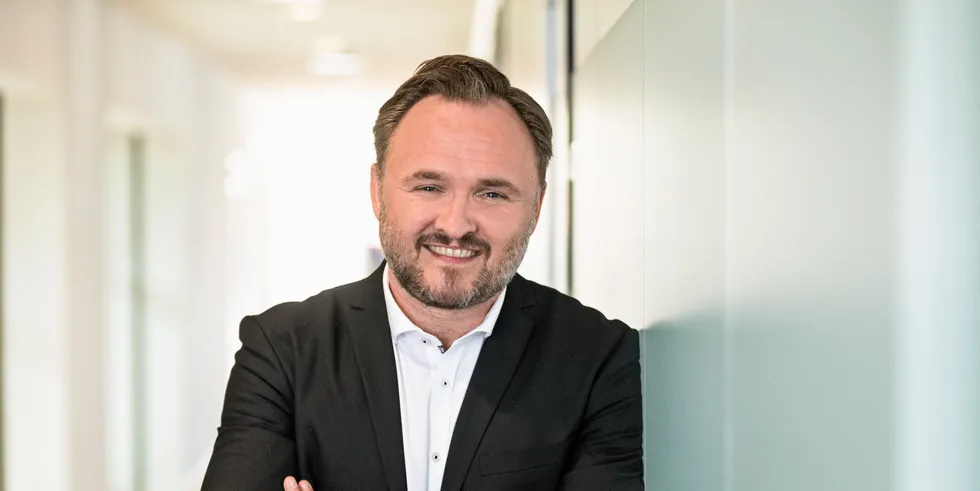Germany and Denmark to cooperate on North and Baltic Sea energy islands
Neighbouring EU countries to examine joint projects and their possible design as they deepen offshore wind cooperation

Neighbouring EU countries to examine joint projects and their possible design as they deepen offshore wind cooperation
